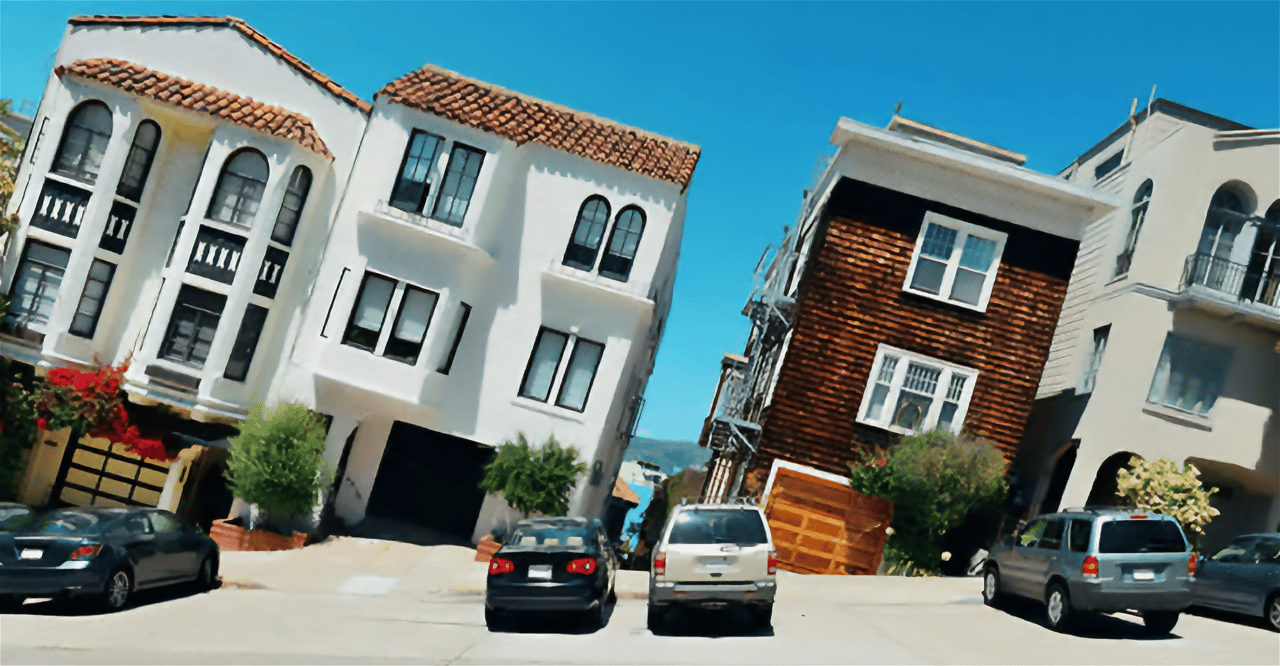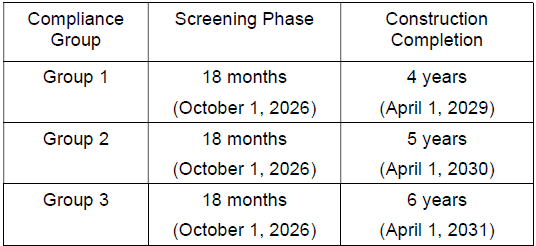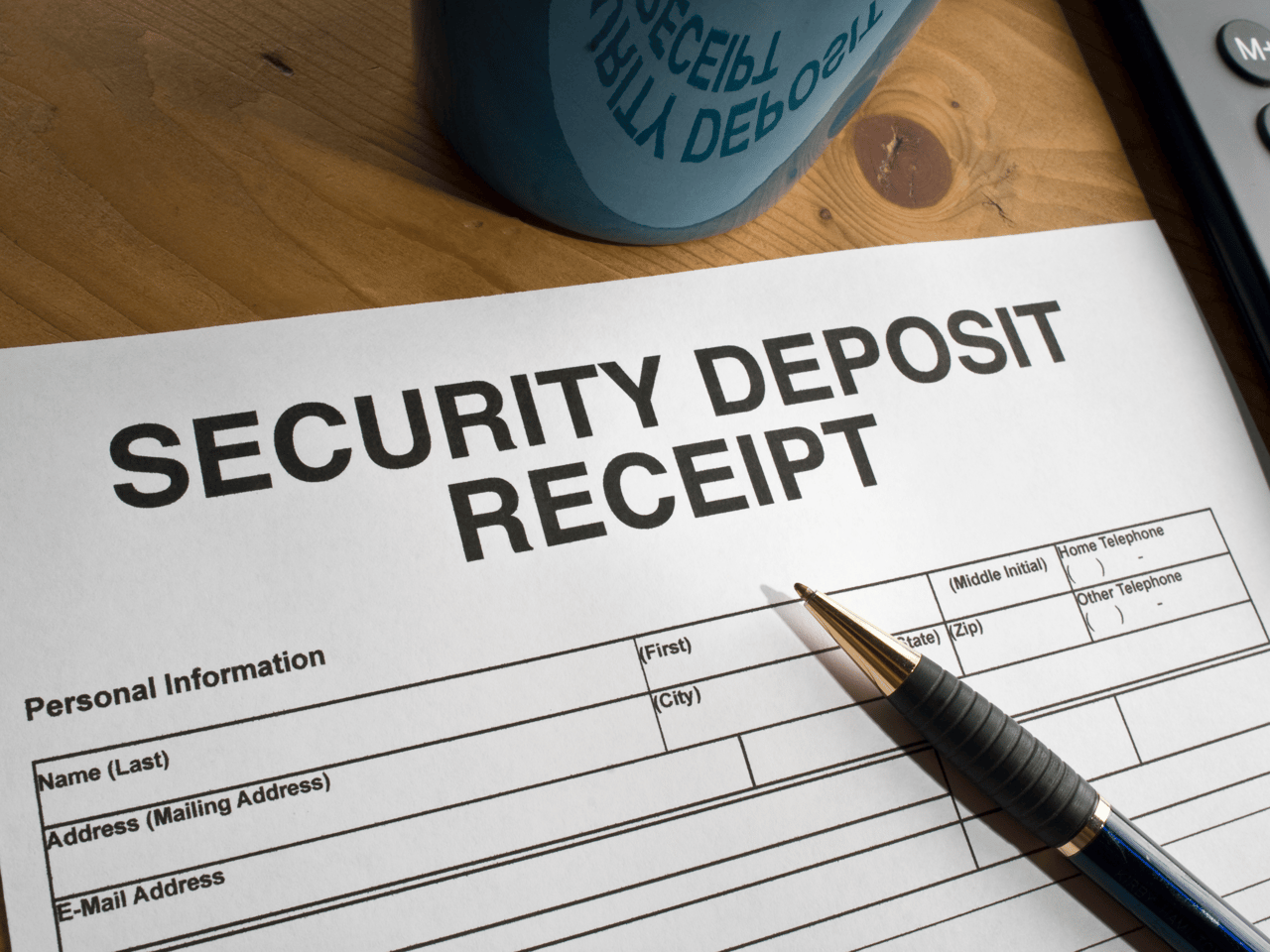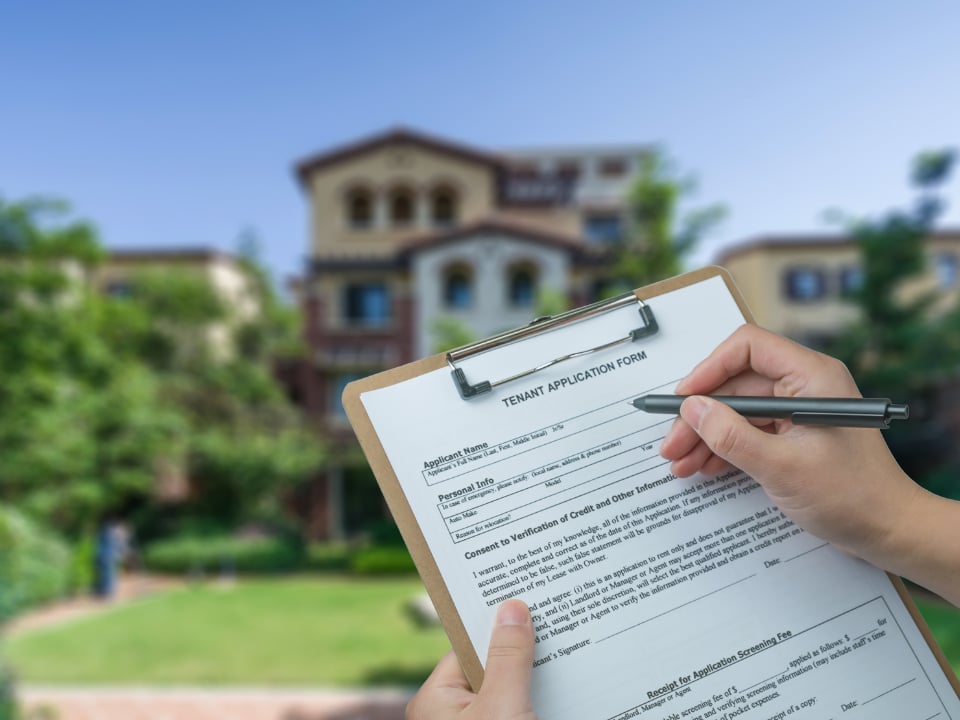As a property owner in San José, it's essential to stay informed about the new seismic regulations that will impact your buildings and tenants. The city has recently passed an ordinance that requires seismic retrofitting for certain multi-unit residential wood-frame buildings, specifically those with vulnerable "soft stories" that are prone to collapse during earthquakes. This is a significant update aimed at enhancing public safety and protecting the city's housing infrastructure from earthquake damage.
Why Is This Ordinance Important?
San José, like much of the Bay Area, is at high risk for earthquakes. In fact, experts predict a 70% chance of a magnitude 6.0 or higher earthquake hitting the region within the next 30 years. Many older buildings, especially those with soft-story configurations (buildings with weak or open lower stories), are particularly susceptible to collapse during such events. These buildings pose a risk not only to their occupants but also to the broader community.
To address these concerns, the City of San José has introduced mandatory seismic retrofits for these types of structures. The goal is to reduce earthquake-related injuries, fatalities, and property damage, while also minimizing the displacement of residents and improving the durability of the city's housing stock.
Does Your Property Fall Under the Ordinance?
The ordinance applies to buildings constructed before January 1, 1990, that have two or more stories and include vulnerable lower stories, such as parking areas or open spaces. It’s estimated that up to 3,500 buildings, accounting for about 25,000 housing units in San José, may need to be retrofitted. If your property falls into this category, compliance is mandatory.
Key Deadlines and Compliance Groups
Properties are divided into three compliance groups, each with its own deadlines for screening and retrofitting:
- Group 1: Buildings constructed before January 1, 1978, with five or more dwelling units must complete retrofitting by April 1, 2029.
- Group 2: Buildings constructed between January 1, 1978, and January 1, 1990, with five or more units have until April 1, 2030.
- Group 3: Smaller buildings, with three or more units, must comply by April 1, 2031.
The screening phase for all groups must be completed by October 2026. Failure to meet these deadlines could result in fines, penalties, or other enforcement actions.
What Should You Do Next?
-
Evaluate Your Property: Determine if your building is subject to the new ordinance by conducting a seismic assessment with a licensed architect or structural engineer.
-
Submit a Screening Form: The first step in compliance is submitting a screening form to the city. You can either opt in, confirm the building's status, or certify that your property is exempt.
-
Develop a Tenant Coordination Plan: Communication with your tenants is a critical part of the process. You’ll need to submit a plan outlining how seismic work will impact tenants, what notices they’ll receive, and how disruptions will be managed.
-
Begin Retrofitting Work: Once your property is confirmed as needing retrofitting, you'll need to design and permit the necessary upgrades to ensure your building can withstand future earthquakes. Licensed professionals will guide you through the process.
-
Financial Considerations: Although retrofitting can be a significant investment, you may be able to pass some of the costs onto tenants through a Capital Improvement Petition, subject to city approval.
The Bottom Line
The seismic retrofit ordinance is designed to safeguard the people of San José and reduce the long-term risks associated with earthquakes. As a property owner, it’s in your best interest to start the screening process early and work toward compliance. Not only will this ensure you avoid penalties, but it will also protect your property, your tenants, and the community at large in the event of a major earthquake.
For more details, reach out to the City of San José’s Building and Code Enforcement Department or consult with a licensed structural engineer. Stay proactive, stay informed, and ensure your property is ready to withstand the next big quake.






